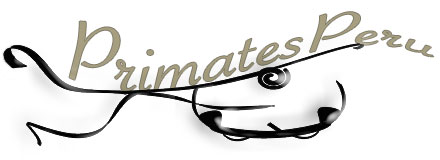Understanding Aperture – camera fundamentals
Ok, last example. Here are a series of canterbury bell shots. With each stop down (smaller aperture opening, larger number, greater DoF) more of the image is in focus (f/8 —>, f/11, —>, f/16). You can see how that at f/16 you get more of the flower and it’s parts in focus but the background starts to become more of an element in the photo. In this case it becomes distracting from the flower. This can be a matter of taste but generally most people will find the background too busy and ugly and become turned off by this.
Also, here are 2 shots of the flowers at f/3.5. One focused on the petal (as in the other f-stop versions). As you can see the stamens are out of focus. If you are trying to draw your viewers attention to the flower (by shooting a shallow DoF) then there is a good argument that the stamens are an important part of the flower and should be in focus too. The second f/3.5 shot is focused on the tip of the stamen. The viewer (hopefully) is drawn to this TINY focus point and the implied brightness of the flower fills in their minds eye. Maybe it works, maybe not.
There are a number of tricks to shoot at a small aperture capturing as much depth as possible, but also eliminating the clutter of a background. I won’t go into them in this lesson but the last image (f/11processed) shows an image where I have the stamens and much of the petals in focus. I then applied some post processing magic to soften the rest of the image. I’m not suggesting it was successful but you get the idea.
Just as one final little note, another factor that affects depth of field is the sensor size. My examples above were all shot on a 24mm x 36mm sensor using a DSLR. Many dslr’s have smaller sensor sizes and even smaller are the sensors of digital point and shoot cameras. The smaller sensors and very small focal lengths of these cameras produce greater depths of field but often restrict how much control the photographer has in producing the final image. If you find yourself wanting or needing to control this important aspect of photography then consider a dslr with interchangeable lenses. And hopefully you can see why you need to shoot in aperture priority mode and why you need to understand DoF. It puts the subject under your control in how your viewer sees the image.







2 comments
Hi Tim,
I can’t get enough of your work. In fact I have been staring at it at work for far too long. I just read your aperture article and have a question about flash. I’ve been using the 105mm Nikon macro lens and am having trouble with DOF, i.e. not enough of the subject is in focus. Does flash have an effect or am I probably too close and need to back off a little? Thank you
Lyle, flash won’t effect DoF. The distance to subject (more magnification – closer is less DoF) and aperture size (smaller aperture [bigger f/#] the greater the DoF). I suggest putting your Nikon in Aperture priority (A) mode. Then selecting an aperture to get your desired effect. Start with f/11 then go smaller (f/16, f/22) and see what results you get. The flash will give you more light which allows you to shoot those small apertures. Nikon’s CLS (advanced flash lighting meter system) will compensate the power of the flash to give you a shutter speed fast enough to freeze the subject. It gets more technical from here but this is a start.